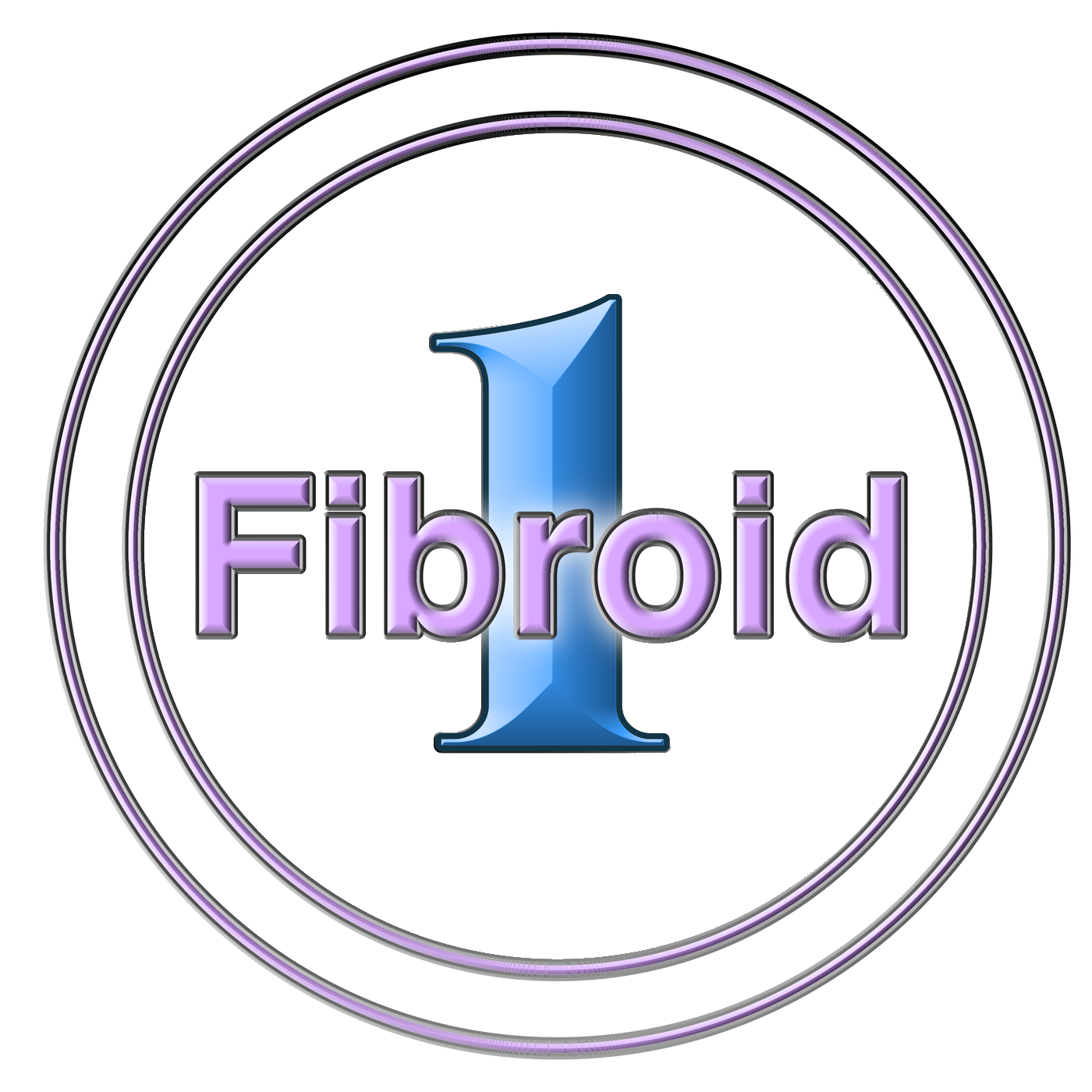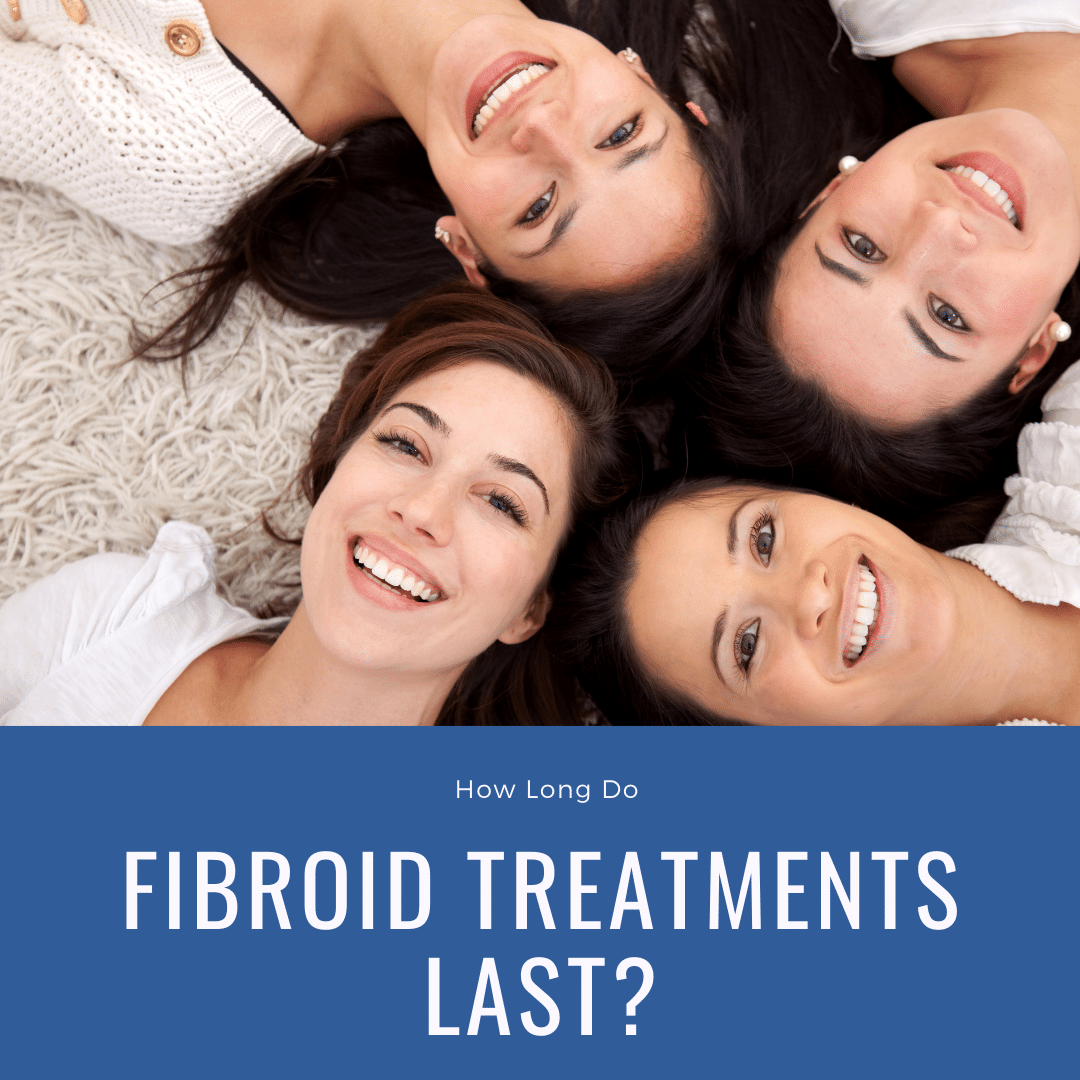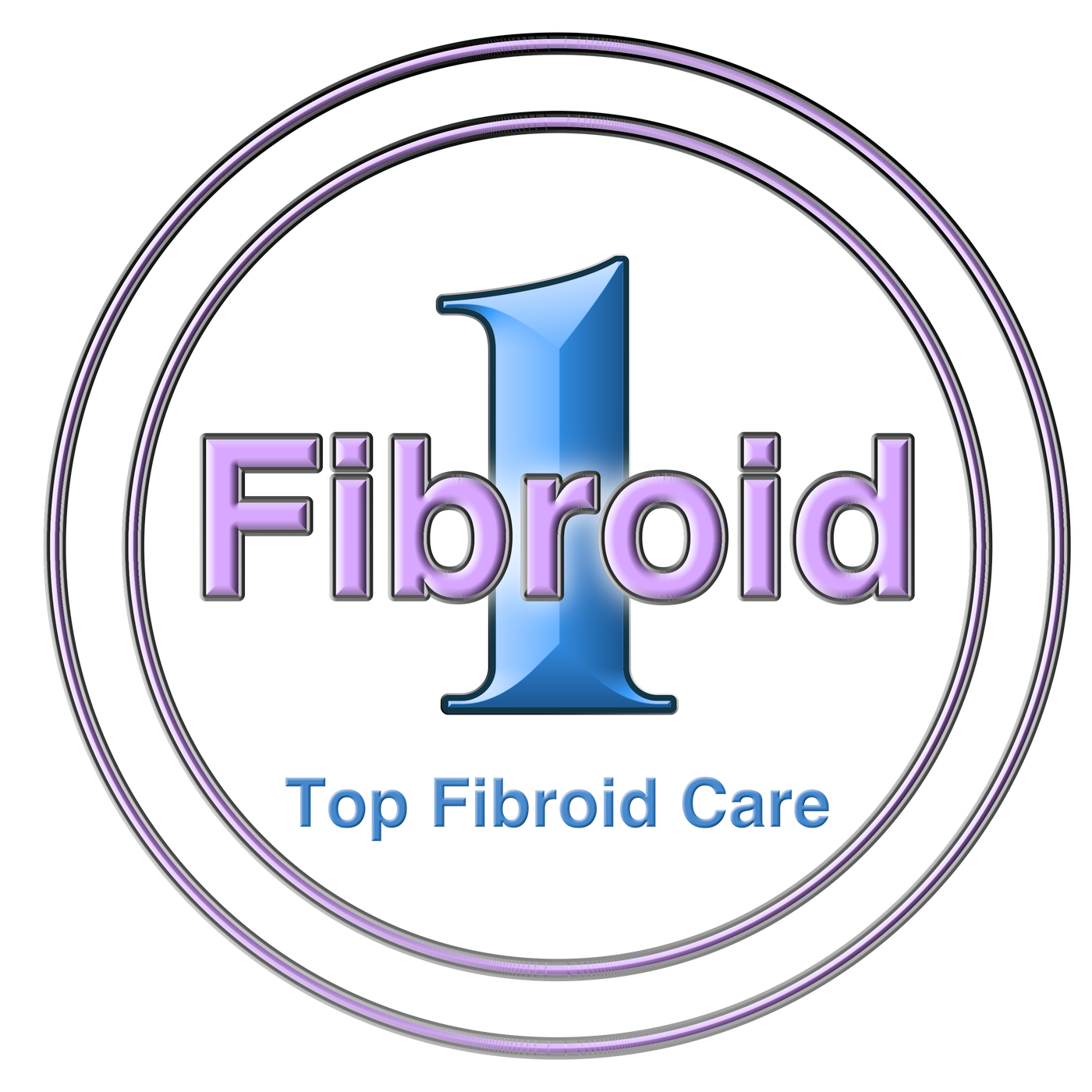If you have been diagnosed with fibroids, you are likely looking for the right treatment. There are a variety of treatment options available, and each one has a different duration. When considering which fibroid treatment to choose, you may be wondering how long the treatments last. In this blog post, we will discuss the four most common treatments: medications, UFE, myomectomy, and hysterectomy. We will explain what each treatment involves and how long the results typically last. Our goal is to help you find the right treatment choice for you.
Medications
There are different types of medications that can be used to treat uterine fibroids. These include:
- Over the Counter (OTC) pain medications, such as acetaminophen and ibuprofen help to relieve pain caused by fibroids
- Iron supplements are used to prevent or manage anemia caused by excessive bleeding
- Birth Control methods, such as contraceptive pills, intravaginal conception, injections, and intrauterine devices (IUDs), can be used to manage symptoms of fibroids and decrease heavy bleeding
- Gonadotropin-releasing hormone (GnRH) agonists can be used to temporarily shrink fibroids and help relieve symptoms
With the exception of GnRH agonists, most medications do not directly affect the fibroid itself. Instead, most medications are designed to alleviate symptoms caused by fibroids. Additionally, the effects of medications are temporary and will only continue while the medication is being actively used.
UFE

Uterine Fibroid Embolization (UFE) is a minimally invasive procedure that is used to block the blood supply to fibroids. This treatment can be done on an outpatient basis and usually takes less than an hour. UFE is typically performed using local anesthesia, meaning that you will be awake during the procedure but will not feel any pain.
During the procedure, a small catheter is inserted into an artery in the leg and threaded through the blood vessels to the uterus. Once the catheter is in place, tiny particles are injected into the blood vessels that supply the fibroid. These particles block off the blood flow to the fibroid, causing it to shrink within six months of the procedure. While the fibroid will not disappear entirely, it shrinks so small that it will no longer cause symptoms.
The results of UFE are usually permanent. However, it is possible for fibroids to regrow after the procedure. This is extremely rare, but if it happens, another UFE can be performed.
Myomectomy
A myomectomy is a surgical procedure that involves removing the fibroid(s) from the uterus while leaving the uterus intact. This procedure can be done laparoscopically (through small incisions in the abdomen) or abdominally (through a larger incision in the abdomen). Myomectomy is usually recommended for women who want to preserve their fertility or who have very large fibroids that are causing severe symptoms. The size, location, and number of fibroids will all affect the type of myomectomy that is performed.
Most women who have a myomectomy experience significant symptom relief and can expect to live a normal life after the procedure. However, there is a small chance that new fibroids will grow after a myomectomy. The chances increase for younger women or women with multiple fibroids present at the time of the myomectomy. If this happens, another myomectomy can be performed. Depending on how fast the fibroids grow, a myomectomy is usually effective for about five years.
Hysterectomy
A hysterectomy is a surgical procedure that involves removing the uterus. This means that the fibroids are removed along with the uterus. A hysterectomy can be done laparoscopically, abdominally, or vaginally. The type of hysterectomy that is performed will depend on the size, location, and number of fibroids present.
A hysterectomy is considered a permanent solution for uterine fibroids. By removing the uterus, there is no longer tissue for the uterine fibroids to grow out of. Removing the uterus is the only “cure” for uterine fibroids, however it is an invasive procedure and it means you can no longer have children.
Other Things to Consider
When considering a treatment option for uterine fibroids, there is more to consider then just how long the treatment will last. In fact, you should consider the following:
- How many fibroids do you have?
- What is the size of your fibroids?
- Where are your fibroids located?
- How severe are your symptoms?
- Are you trying to get pregnant or you wish to become pregnant in the future?
- Do you want to preserve your fertility?
- What are the risks and side effects of each treatment option?
These are all important factors to consider when making a decision about which treatment is right for you. Remember, there is no “right” answer for everyone. The best way to figure out which treatment is best for you is to talk to your doctor about all of your options. They can help you weigh the pros and cons of each option and make a decision that is best for you.
In Conclusion
In this blog, we talked about the different treatment options for uterine fibroids. We described each treatment in detail and explained how long the results of each treatment last. Medications, UFE, myomectomy, and hysterectomy are all possible treatments for uterine fibroids. The best way to figure out which treatment is best for you is to talk to your doctor about all of your options. They can help you weigh the pros and cons of each option and make a decision that is best for you.












